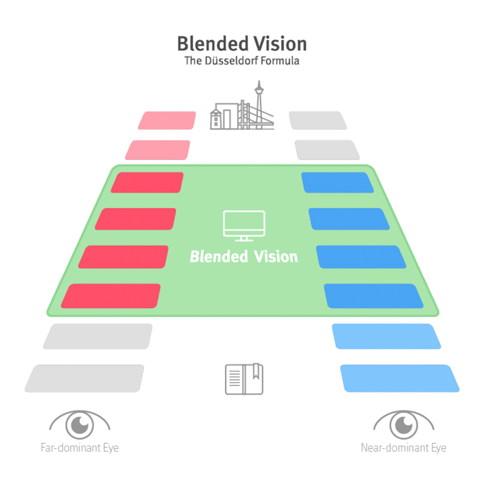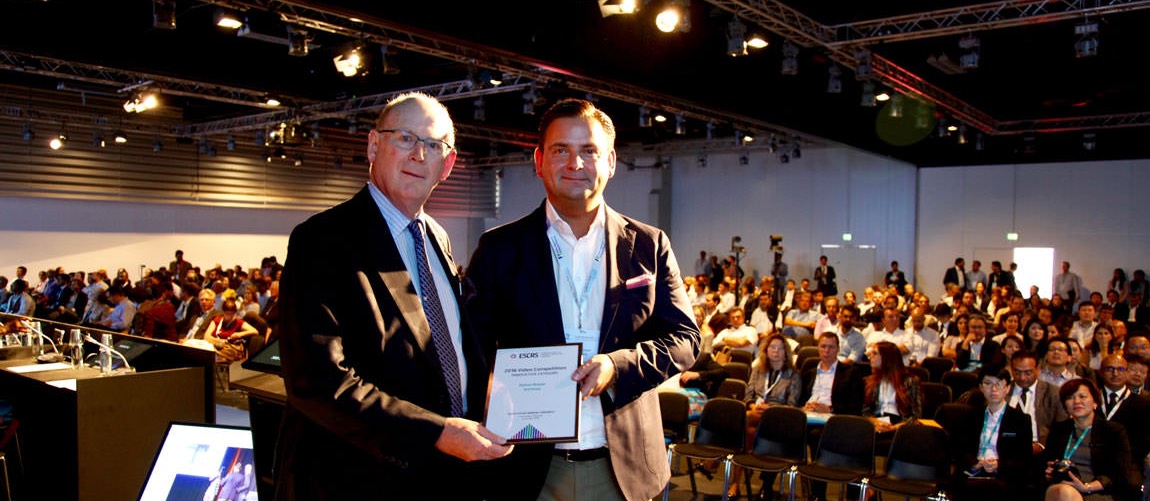“Düsseldorf formula with an impressive result, even better than expected!”
„High myopia (approx. -9/-8) and cataract. After my daily life and driving had become more and more difficult, I had to come to grips with an operation. – Dr. Breyer was able to convey a great amount of calmness, explained everything and answered all questions. Part of the information and examinations were provided by staff members, all of whom I experienced as very warm and friendly. Yes, there is a lot going on in the practice, everyone is very busy. However, the waiting time is reasonable. As an anxious person, I may have been a bit annoying, and today I’m just happy that I took all of Dr. Breyer’s advice: Surgery according to the Düsseldorf formula, with a femtosecond laser, personalized premium lenses, no general anesthesia, operation of both eyes with one day between the procedures.
Just half a year later, and I’m sitting here with a bright smile on my face and without glasses, and I can see perfectly! – I struggled with the Düsseldorf formula in the beginning. I wanted the best for my eyes but nothing untested. To put it in laymen’s terms, it is not about the lenses but about the eyes supporting each other. And that works better than I expected: Before the operation, I was told I needed glasses for small print after the operation. However, I actually read books/newspapers/on my computer without glasses. Very small print is more relaxed with +1 reading glasses. Distance is no problem at all. I only don’t like driving my car in the dark when it’s raining, even though the double vision I had before is gone. (...) Heartfelt THANKS to Dr. Breyer for his research, work and friendly advice and to the whole team for their precision and friendly support
“


